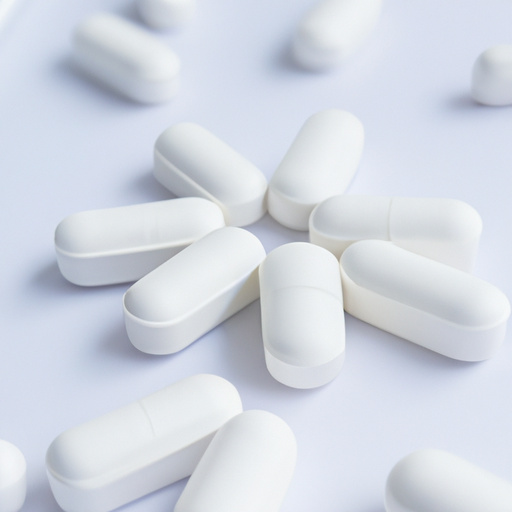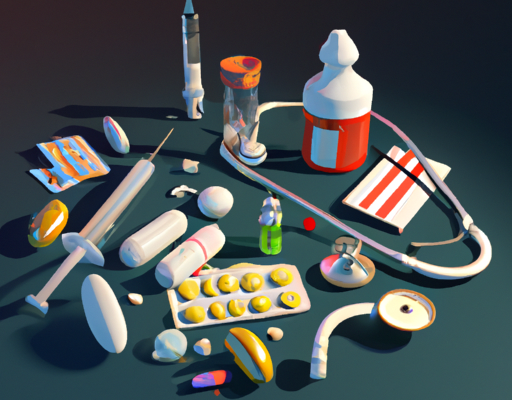Definition of Urticaria
Urticaria, commonly known as hives, is a skin condition characterized by raised itchy patches on the skin. It is caused by an allergic reaction to certain foods, medications, insect bites, or contact with an irritant. Symptoms of urticaria include red welts, swelling, and itching. In severe cases, the hives may spread across a large area of the body, and can even cause difficulty in breathing. It is important to note that urticaria is not contagious, and is typically short-term. Treatment may include antihistamines and other medications, or lifestyle changes such as avoiding allergens or irritants. With proper treatment, the symptoms of urticaria can be managed and the condition can be resolved in a relatively short period of time.
Definition of Atopic Dermatitis
Atopic Dermatitis, also known as eczema, is a common chronic inflammatory skin condition characterized by itchy, red, and scaly rashes. It is often associated with other allergic conditions such as hay fever and asthma, hence the term “atopic.” Although it can affect anyone, it is commonly found in children, and symptoms can range from mild to severe. In mild cases, the rashes may appear on a small portion of the body, such as the face, neck, hands, and feet. In more severe cases, the rash may cover large portions of the body, including the arms, legs, torso, and scalp. While the exact cause of Atopic Dermatitis is unknown, several factors are believed to contribute to the condition, such as genetics, environmental factors, and an overactive immune system. Treatment usually involves moisturizers and topical steroids, but in more serious cases, oral medications or light therapy may be necessary.
Main Symptoms
Atopic Dermatitis and Urticaria are two common skin conditions that can cause a lot of discomfort and distress. While there are some similarities between the two conditions, they have some distinct differences that make them easier to identify. The main symptom of Atopic Dermatitis is intense itching, which can be accompanied by redness, scaling, and blistering. On the other hand, Urticaria is characterized by the development of red, welts that are often very itchy and can last anywhere from a few minutes to several days. Both conditions may also be accompanied by other symptoms such as hives, swelling, and difficulty breathing. While the cause of Atopic Dermatitis is still not entirely understood, it is believed to be related to a combination of genetic, environmental, and immunologic factors. Urticaria, on the other hand, is often triggered by an allergic reaction or contact with an irritant. The best way to deal with either of these conditions is to work with a physician to determine the underlying cause and develop an appropriate treatment plan.
Triggers
One of the most common triggers for both urticaria and atopic dermatitis is stress. Stress can put your body into a state of imbalance which can affect the skin and cause a reaction. Other triggers can include environmental factors such as strong sunlight, extreme temperatures, humidity, air pollution, and contact with certain fabrics and chemicals. Allergies to certain foods, medications, and even insect bites can also be triggers. Exercise, alcohol, and spicy foods can also be irritants that can trigger a reaction. It is important to identify any potential triggers so that you can avoid them and manage the condition.
Diagnosis
Urticaria and Atopic Dermatitis, though both skin conditions, can present very differently in patients. To accurately diagnose and treat either condition, it is important to understand the key differences between them. To help differentiate the two, here is a comparison of the two conditions:
- Urticaria is an allergic reaction that manifests as hives or welts on the skin.
- Atopic Dermatitis is an inflammatory skin condition that usually presents as red patches of skin and is extremely itchy.
- The cause of Urticaria is often unknown, whereas Atopic Dermatitis is usually caused by contact with allergens.
- Urticaria is often a short-lived condition, whereas Atopic Dermatitis can come and go or become a chronic condition.
- Urticaria is typically treated with antihistamines or corticosteroids, whereas Atopic Dermatitis is often treated with topical corticosteroids and avoidance of triggers.
By understanding the differences between Urticaria and Atopic Dermatitis, a healthcare provider can accurately diagnose and treat the skin condition. Knowing the key differences can help to make sure patients receive the right treatment and lead to a faster resolution of symptoms.
Treatment
Urticaria and atopic dermatitis are two common skin conditions that can cause red, itchy skin. Although these two conditions have similar symptoms, there are key differences between them. Treatment for each condition should be tailored to the individual, and can include the following:
- Avoiding triggers
- Prescription medications and creams
- Over-the-counter antihistamines
- Oral steroids to reduce inflammation
If these treatments are not effective, more aggressive measures such as ultraviolet light therapy, immunosuppressant drugs, and plasma exchange may be recommended. It is important to work with a doctor to find the right combination of treatments to manage your condition.
Complications
When dealing with skin conditions, complications can arise in both urticaria and atopic dermatitis. Urticaria can initiate anaphylaxis, a life-threatening allergic reaction in which the body goes into shock. In such cases, immediate medical attention is necessary. Atopic dermatitis brings the risk of secondary bacterial, viral, and fungal infections. Long-term skin infections can lead to serious complications such as cellulitis, which can spread to deeper layers of the skin and result in tendinitis or even sepsis if left untreated. Unchecked scratching of the atopic dermatitis rash can also lead to scarring and result in permanent skin damage. Therefore, proper diagnosis and management of these skin conditions is essential in minimizing complications and keeping yourself healthy.





No Comments